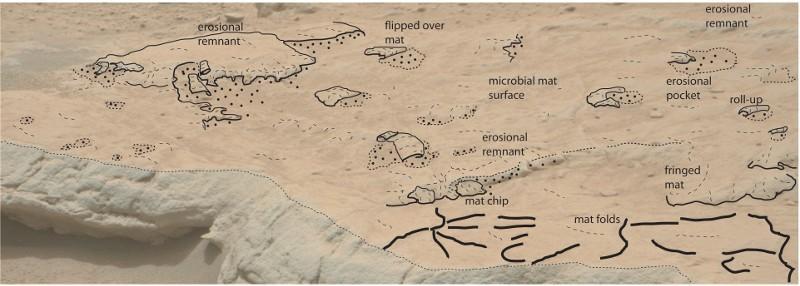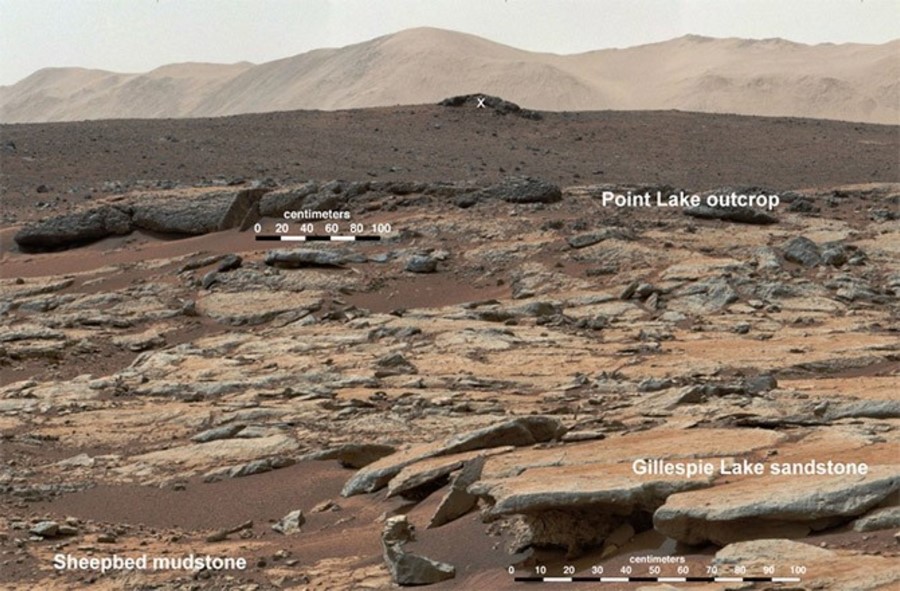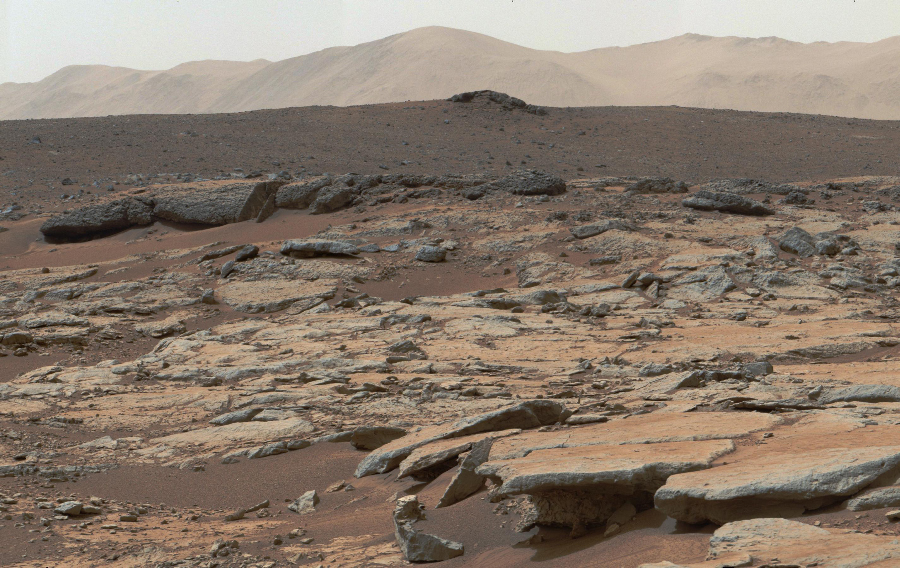|
The Enigmas on Mars 06B |
|
Updates and Additional 2017 . Quote:
There are compelling structures in a slab of sedimentary Mars rock, but their discovery alone won't prove there was ancient life on Mars. Time and time again, as we carefully scrutinize the amazing high-resolution imagery flowing to Earth from NASA's Mars rover Curiosity, we see weird things etched in Martian rocks. Most of the time our brains are playing tricks on us. At other times, however, those familiar rocky features can be interpreted as processes that also occur on Earth. Now, in a paper published in the journal Astrobiology, a geobiologist has related structures photographed by Curiosity of Martian sedimentary rock with structures on Earth that are known to be created by microbial lifeforms. But just because the structures look like they've been formed by microbes on Mars, does it mean that they were? Microbially Induced Sedimentary Structures on Mars? SOURCE: Seeker.com Quote: The image in question was snapped by Curiosity of the Gillespie Lake outcrop situated in the Yellowknife Bay area of Gale Crater that the rover arrived at on Dec. 17, 2012, on sol 125 of its mission. It was soon realized that the Gillespie Lake rock is sedimentary sandstone, formed when Mars possessed surface water. As such, there are many likenesses between the rocks found in Yellowknife and sedimentary rocks on Earth. For example, the layering of sedimentary rock and conglomerations contained within these layers led NASA scientists to realize that Curiosity is exploring an ancient lake bed. PIA17603: Erosion by Scarp Retreat in Gale Crater Credit: NASA Photo Journal
 Overlay of sketch on photograph of Gillespie Lake to assist in the identification of the structures
on the rock bed surface. Noffke (2105)/ASTROBIOLOGY Quote In her analysis, Noffke is keen to emphasize that she hasn't found proof of ancient Mars life, only that her hypothesis provides a compelling explanation for the formation processes behind the shapes in the surface of Mars sedimentary rock. Paper: Ancient Sedimentary Structures in the <3.7 Ga Gillespie Lake Member, Mars, That Resemble Macroscopic Morphology, Spatial Associations, and Temporal Succession in Terrestrial Microbialites “All I can say is, here's my hypothesis and here's all the evidence that I have," said Noffke in an Astrobiology Magazine article, “although I do think that this evidence is a lot." There have been countless claims pointing to evidence of ancient life on Mars, many of which have since been proven to be, at most, wishful thinking, but this new study has garnered some cautious praise from planetary scientist Chris McKay, of NASA's Ames Research Center and an associate editor of Astrobiology. SOURCE: Seeker.com |
Related Links:
|
| FAIR USE NOTICE: This page contains copyrighted material the use of which has not been specifically authorized by the copyright owner. Pegasus Research Consortium distributes this material without profit to those who have expressed a prior interest in receiving the included information for research and educational purposes. We believe this constitutes a fair use of any such copyrighted material as provided for in 17 U.S.C § 107. If you wish to use copyrighted material from this site for purposes of your own that go beyond fair use, you must obtain permission from the copyright owner. |
|
|


